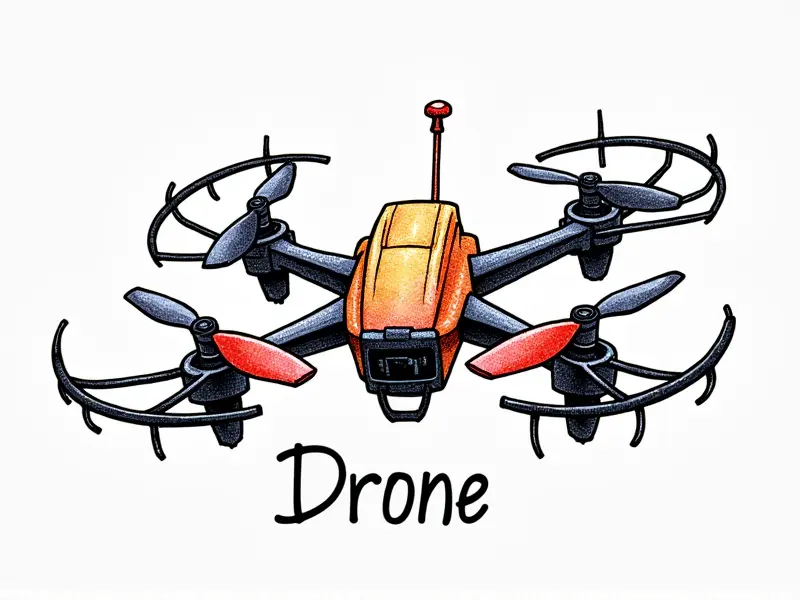RC gimbal calibration steps

How to Calibrate Your RC Gimbal Quickly
Calibrating your remote control (RC) gimbal is a crucial step in ensuring smooth and stable camera footage. Proper calibration helps eliminate unwanted vibrations, reduces drift, and enhances the overall performance of your RC setup. This guide will walk you through the essential steps to calibrate your RC gimbal efficiently.
Step-by-Step Guide to RC Gimbal Calibration
To achieve optimal results from your RC gimbal, follow these detailed calibration steps:
- Prepare Your Equipment: Ensure that you have all necessary tools and accessories handy before starting the calibration process.
- Power On: Turn on both the gimbal and the remote control transmitter. Make sure they are properly connected.
- Access Calibration Menu: Navigate to the calibration menu in your RC gimbal's settings or app interface.
- Level the Gimbal: Place the gimbal on a flat surface and ensure it is perfectly level before initiating the calibration process.
- Follow Instructions: Follow the specific instructions provided by the manufacturer for your particular RC gimbal model. This may include rotating the gimbal to different angles or performing specific maneuvers.
Easy RC Gimbal Calibration in Minutes
Calibrating an RC gimbal can seem daunting, but with these simple steps, you'll have it done in no time:
- Start Simple: Begin by performing a basic calibration to ensure the gimbal is functioning correctly.
- Check for Interference: Make sure there are no external factors like magnetic fields or other electronic devices that could interfere with your RC signals.
- Tune Settings: Adjust any necessary settings such as sensitivity, deadband, and response time to match your flying style and preferences.
Mastering RC Gimbal Calibration Fast
To become proficient in calibrating your RC gimbal quickly, follow these advanced tips:
- Familiarize Yourself with the Manual: Read through the user manual thoroughly to understand all features and calibration options.
- Practice Regularly: Calibrate your gimbal regularly to maintain optimal performance. This is especially important after any changes in equipment or environmental conditions.
- Seek Expert Advice: Consult with experienced RC pilots who can offer valuable insights and tips for achieving the best calibration results.
Quick Tips for Perfect RC Gimbal Setup
Here are some quick tips to ensure your RC gimbal is perfectly set up:
- Use High-Quality Batteries: Ensure that both the gimbal and remote control have fully charged, high-quality batteries.
- Adjust Deadband: Fine-tune the deadband settings to eliminate unnecessary movements in your footage.
- Test in Different Conditions: Test your RC gimbal under various conditions (indoors and outdoors) to ensure it performs well in all environments.
Beginner's Guide to RC Gimbal Calibration
If you're new to RC gimbals, this guide will help you get started:
- Understand the Basics: Learn about the basic components and functions of an RC gimbal before attempting calibration.
- Start with Basic Calibration: Begin by performing a standard calibration to familiarize yourself with the process.
- Gradually Advance: As you gain more experience, gradually move on to more advanced calibration techniques and settings adjustments.
Achieving Precision: RC Gimbal Calibration
To achieve precise and reliable performance from your RC gimbal, focus on these key areas:
- Calibrate Regularly: Schedule regular calibrations to maintain optimal performance.
- Adjust for Specific Conditions: Customize calibration settings based on the specific conditions and environments in which you'll be flying.
- Monitor Performance: Keep an eye on your gimbal's performance during flights and make adjustments as needed to maintain precision.
Optimize Your RC Gimbal with These Steps
To optimize the performance of your RC gimbal, follow these steps:
- Perform Initial Calibration: Start by performing a thorough initial calibration when you first set up your gimbal.
- Tune for Specific Needs: Adjust settings to meet specific needs such as low-light conditions or high-speed maneuvers.
- Test and Iterate: Continuously test the performance of your RC gimbal and make iterative adjustments until you achieve optimal results.
Fast and Effective RC Gimbal Tuning
To quickly tune your RC gimbal for peak performance, follow these steps:
- Identify Key Settings: Focus on the most critical settings such as sensitivity, deadband, and response time.
- Use Calibration Tools: Utilize any built-in calibration tools or apps provided by your gimbal manufacturer to streamline the process.
- Test in Real Conditions: Test your RC gimbal under real-world conditions to ensure it performs well in actual use scenarios.
Top Tips for Calibrating RC Gimbals
Here are some top tips for calibrating your RC gimbals effectively:
- Start with a Clean Slate: Begin each calibration session by resetting all settings to default.
- Monitor Battery Levels: Keep an eye on battery levels during calibration and ensure they remain stable throughout the process.
- Seek Feedback: Get feedback from other RC pilots or online communities to gain insights into best practices for your specific gimbal model.
Quick Guide: RC Gimbal Calibration Basics
This quick guide covers the essential basics of calibrating an RC gimbal:
- Power On and Connect: Ensure both the gimbal and remote control are powered on and properly connected.
- Navigate to Calibration Menu: Access the calibration menu through your gimbal's settings or app interface.
- Follow Manufacturer Instructions: Follow the specific instructions provided by the manufacturer for your particular RC gimbal model.
Conclusion
Calibrating your RC gimbal is a critical step in ensuring optimal performance and stability. By following these detailed steps and tips, you can quickly achieve precise calibration results that enhance the overall quality of your footage. Regularly calibrating your gimbal will help maintain its reliability and effectiveness under various conditions.

